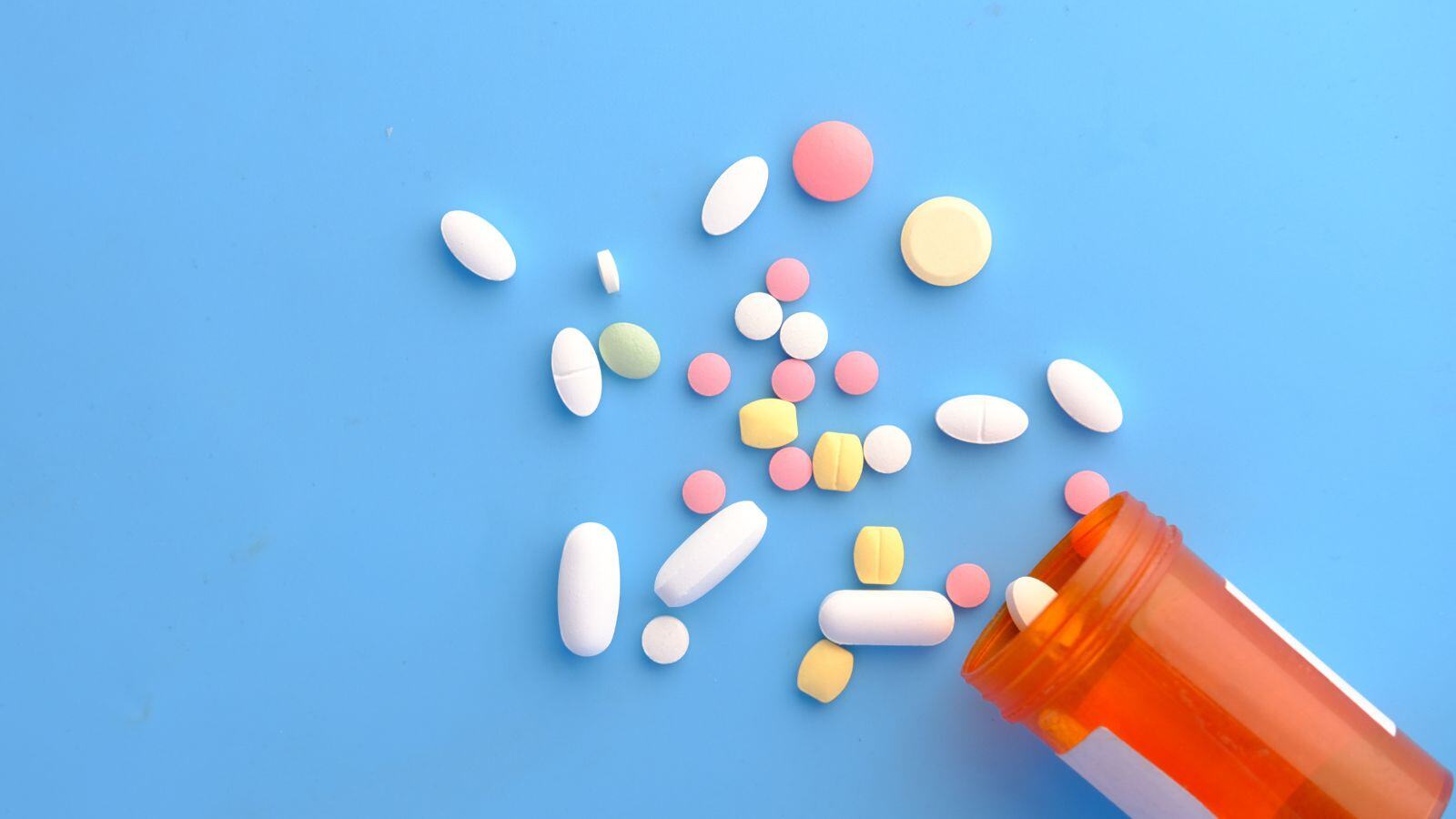Ensuring the safety and quality of injectable pharmaceutical products is critical, and one key aspect of this is preventing particulate contamination. Sub-visible particles — particles smaller than 100 microns — pose a significant patient safety risk, particularly in injectable drug products.
To address this, regulatory bodies like the European Pharmacopoeia (EP) have established strict guidelines. One of the most important is General Chapter 2.9.19, titled "Particulate Contamination: Sub-Visible Particles," which provides the framework for detecting, measuring, and controlling sub-visible particles in parenteral (injectable) products.
In this article, we explore what sub-visible particles are, key regulatory requirements, testing methods, and the importance of contamination control.
What is sub-visible contamination?
Sub-visible particles are particulate matter in injectable pharmaceutical products that are too small to be seen with the naked eye but still pose serious health risks. These particles can originate from:
- Raw materials
- Manufacturing processes
- Container closures
- Storage and transportation conditions
While invisible to the eye, sub-visible particles can block blood vessels, cause immune reactions, or impact drug stability, making detection and control essential for ensuring patient safety.
Key requirements in General Chapter 2.9.19
1. Testing methods for sub-visible particles
General Chapter 2.9.19 outlines the required testing methods for sub-visible particles:
- Light Obscuration (LO): Uses a laser beam to count and size particles suspended in liquid.
- Membrane microscopy: Involves filtering a sample through a membrane and examining it under a microscope to quantify particulate contamination.
These methods ensure that contamination levels remain within regulatory limits.
2. Particle size and count limits
Parenteral products must comply with strict particle size and count limits, typically for:
- Particles ≥10 microns
- Particles ≥25 microns
Regulatory authorities impose these limits to ensure that injectable products remain safe for intravenous use.
3. Acceptance criteria
The acceptance criteria for particulate contamination depend on:
- Type of product (e.g., biologics, injectables, or ophthalmics)
- Route of administration (e.g., intravenous, subcutaneous, or intramuscular)
- Patient population (e.g., pediatric, immuno-compromised patients)
Intravenous products, for instance, typically have stricter particulate limits to minimize health risks.
4. Manufacturing controls to prevent sub-visible contamination
Pharmaceutical manufacturers must implement strict controls throughout production to minimize particulate contamination, including:
- Cleanroom environment controls
- Use of high-purity raw materials
- Advanced filtration techniques
- Strict quality control of packaging materials and container closure systems
These measures help ensure that sub-visible particle levels remain within safe limits.
5. Stability studies & regulatory compliance
Regulatory agencies require manufacturers to conduct sub-visible particle testing as part of stability studies. These tests verify that drug products remain free from particulate contamination over time and throughout their shelf life.
Why is sub-visible particle control important?
Controlling sub-visible particle contamination is critical for patient safety. Even undetectable particles can cause severe complications, including:
✅ Blood vessel blockages – Injected particles can obstruct blood vessels, leading to serious conditions such as embolisms.
✅ Immune reactions – Particulate contamination can trigger inflammatory or allergic responses.
✅ Reduced drug efficacy – Particles may interfere with drug stability, bioavailability, or absorption, reducing effectiveness.
By following General Chapter 2.9.19, manufacturers can mitigate these risks, ensuring that their pharmaceutical products are safe, effective, and compliant with regulatory standards.
Conclusion: the importance of sub-visible particle testing
General Chapter 2.9.19, "Particulate Contamination: Sub-Visible Particles," plays a vital role in ensuring the safety and integrity of injectable pharmaceutical products.
The guidelines provide a comprehensive framework for detecting and controlling sub-visible particles, ensuring compliance with pharmaceutical quality standards.
As pharmaceutical technologies continue to evolve, the need for rigorous particulate contamination control remains critical.
Adhering to strict testing and quality control standards will help manufacturers safeguard public health and maintain the efficacy of modern medicines.
Need expert support for sub-visible particle testing?
At QbD Group, we provide state-of-the-art equipment and expert guidance for sub-visible particle testing in compliance with General Chapter 2.9.19.
✅ Regulatory-compliant sub-visible particle testing
✅ Advanced light obscuration and membrane microscopy methods
✅ Support for method validation and stability studies
Contact us today to ensure your injectable products meet the highest quality standards!







.png?width=109&height=108&name=Pharma%20(2).png)
.png?width=111&height=108&name=Medical%20Devices%20(2).png)
.png?width=84&height=107&name=IVD%20(2).png)



.png)








